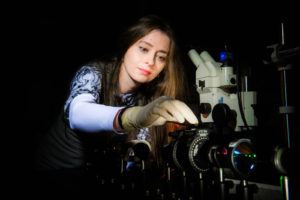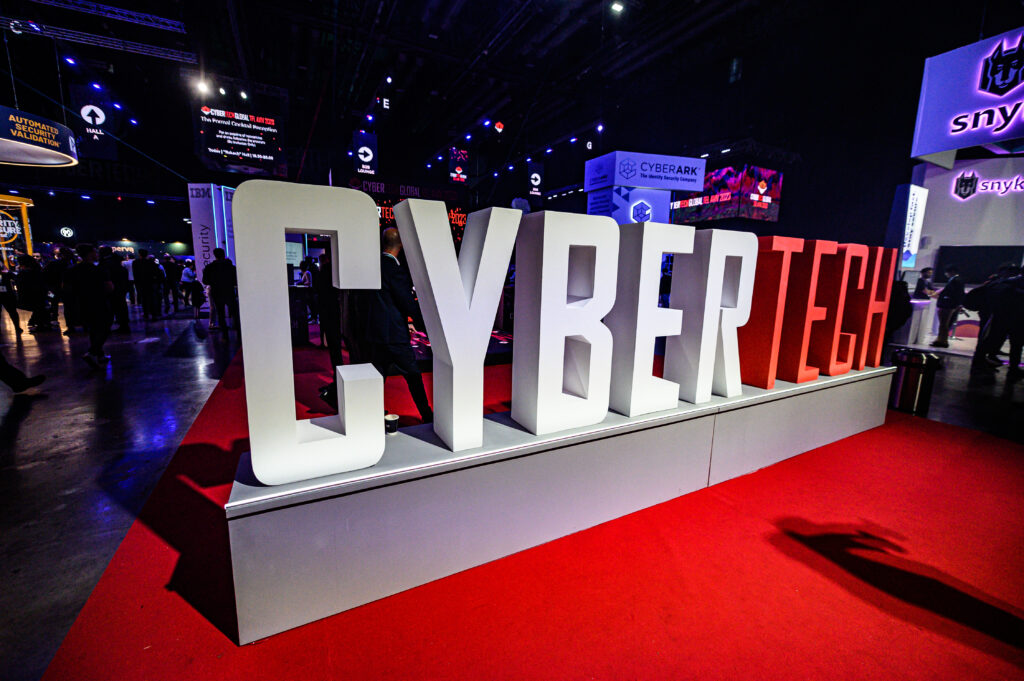
BGU Researchers Crack the Code of Invisibility
BGU Researchers Crack the Code of Invisibility
November 13, 2017
Nanotechnology, Robotics & High-Tech
The Jerusalem Post – BGU researchers have made a breakthrough in manipulating light to render an object, such as an optical chip, invisible.
According to the recent study published in Nature Scientific Reports, the researchers invented a new method that deflects and scatters light away from the “cloaking” chip’s surface so it is not detected.
An operational cloaking chip can be an extension of basic technologies, such as radar-absorbing dark paint used on stealth aircrafts, local optical camouflage and surface cooling to minimize electromagnetic infrared emissions or electromagnetic wave scattering.
“These results open the door to new integrated photonic devices, harnessing electromagnetic fields of light at nanoscale for a variety of applications, from on-chip optical devices to all-optical processing,” says Dr. Alina Karabchevsky, head of BGU’s Light-on-a-Chip group, and a member of the BGU Unit of Electro-Optics Engineering.
“We showed that it is possible to bend the light around an object located on the cloak on an optical chip. The light does not interact with the object, thus resulting in the object’s invisibility.”
BGU is at the heart of Beer-Sheva’s transformation into the country’s cyber capital, where leading multi-national corporations use BGU’s expertise to generate innovative research and development.
A third of the country’s engineers graduate from BGU – that number is predicted to rise as the IDF moves south and sends its brightest to be part of the student body.
To accommodate that growth, the University has launched 2020 Vision, a campaign to double the size of the Marcus Family Campus in Beer-Sheva.




